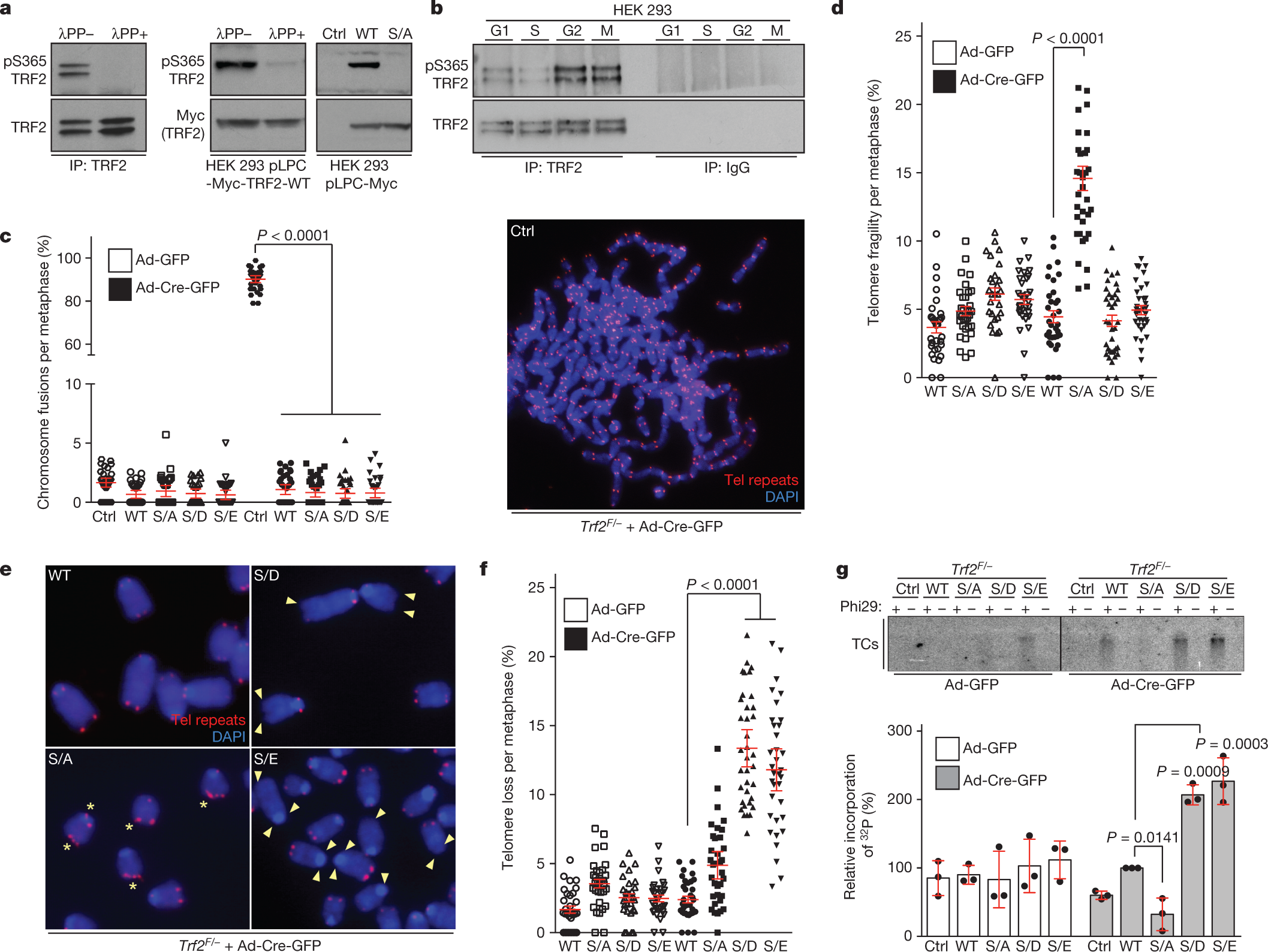Warning License Plate Slots Were Depleted
- The plates were permitted to be displayed on motor vehicles until July 1, 1991. The Department sold these plates for $5.00 each. Vermont Bicentennial 1791 - 1991 - These plates were issued in 1990 in conjunction with the Vermont Statehood Bicentennial Commission to commemorate the 200 years of Vermont statehood.
- Aug 12, 2019 So after today update my game start to crash. Yeah, i use some mods, but before this update my game run nicely.
- Warning License Plate Slots Were Depleted States
- Warning License Plate Slots Were Depleted Found
- Warning License Plate Slots Were Depleted Water
- Warning License Plate Slots Were Depleted Meaning

Warning License Plate Slots Were Depleted States
00:37:54.471: WARNING License plate slots were depleted! 00:37:54.472: WARNING License plate slots were depleted! 00:37:54.474: WARNING License plate slots were depleted!

“Analysts are saying that China’s EV market is highly dependent on government policies and subsidies. That was supported by Nielsen, a market research company, who said that among potential EV buyers, the highest motivating factor is the free license plates the government hands out, followed by the state subsidies. They pointed out that without the government subsidy, an ordinary EV would be just as costly as a luxury vehicle.”
“‘Buyers are basically paying for a power battery, as the battery in an electric car is so expensive that it makes up about half of the production cost.’ The problem this creates is the rapid deterioration in the used-car value of EVs as their batteries wear out. Mr. Zhang stated, ‘The electric car value diminishes much more speedily than a gasoline car after years of use, since the battery will be exhausted’.”
The assumption that the world’s transportation system will transition from fossil fuels to electricity underlies all the forecasts of the imminent demise of the crude oil industry. It is also a hidden motivation of New York State Attorney General Eric Schneiderman’s case against ExxonMobil (XOM-NYSE) for deceiving shareholders over the value of the company’s energy reserves in light of a potentially negative impact on their value from climate change.
Warning Signs

Electric vehicle (EV) sales are increasing, and this will continue with enough government subsidies in the US and around the world. The biggest impetuous to EV growth globally is the push from China for more of them as part of the government’s solution to the country’s air pollution crisis in its major cities.
Yet an article in a recent issue of China Daily, “Electric car sales dip due to customers’ doubts,” notes that Chinese EV buyers are having second thoughts about the value and usefulness of their purchases.
The lead of the story begins optimistically: “Among the world’s major auto markets, China takes pole position in demand for electric vehicles and is leading in absolute terms for related infrastructure, despite deliveries tumbling in the first quarter.”
And superficially, at least, all seems in order. Research into attitudes of Chinese car buyers toward EVs is quite positive, reported German consultancy Roland Berger. In its survey of 1,002 Chinese respondents, 60% are considering buying an EV for their next car. That percentage compares with a global average of 37% of car buyers, based on a survey of purchasing intentions in China, France, Germany, India, Japan, the Netherlands, Singapore, South Korea, the United Kingdom and the United States.
Statistics show that China’s sales of EVs, including both full EVs and plug-in hybrid electric vehicles (PHEV), reached 507,000 units in 2016, up more than twice the number sold in 2014. This is a staggering number considering that automotive research services peg the total number of EVs on the road at the end of 2016 at barely two million.
Expectations among automotive executives and industry analysts was for a flattening, but still healthy sales volume in 2017. However, first quarter 2017 statistics show that China registered only 90,402 EVs between January and April, down 0.2% from 2016’s number.
Consumer Problems
Analysts are saying that China’s EV market is highly dependent on government policies and subsidies. That was supported by Nielsen, a market research company, who said that among potential EV buyers, the highest motivating factor is the free license plates the government hands out, followed by the state subsidies. They pointed out that without the government subsidy, an ordinary EV would be just as costly as a luxury vehicle.
According to Yale Zhang, general manager of Automotive Foresight (Shanghai), “Buyers are basically paying for a power battery, as the battery in an electric car is so expensive that it makes up about half of the production cost.”
The problem this creates is the rapid deterioration in the used-car value of EVs as their batteries wear out. Mr. Zhang stated, “The electric car value diminishes much more speedily than a gasoline car after years of use, since the battery will be exhausted.” A Beijing EV buyer “told China Daily that he bought a 3-year old JAS iEV5 for less than 50,000 yuan ($7,350) last year, but the previous owner had paid about 90,000 yuan ($13,235) after enjoying government subsidies.”
The EV buyer said that he uses the EV occasionally, but it is only for the benefit of the electric car’s license plate. He said he had foreseen the problem Beijing was having with car registrations and how the environmentally-friendly EVs were prioritized. This year, 51,000 new car license plates were issued for Beijing, but the quota was used up by April. New car buyers will have to wait for next year’s quota to be allocated, which won’t happen until February 2018. The EV buyer said the previous owner viewed the EV as a “white elephant” and moved on to a gasoline-powered car.
The newspaper article also reported on stories from various EV owners in Beijing about problems they experienced with the cars. A female EV buyer of a new BAIC E160EV returned the car and received a full refund after she found the car’s performance inadequate for use. “She drove the electric car to the parking lot under her apartment, but had no way to get it back onto street level.”
She told the China Daily reporter, “The tilted ramp has such a sharp angle that the electric car was unable to drive up to the end. The only solution was to call the tow truck.” She went on to say, “Despite being fully recharged, on every attempt it would stop in the middle as the battery output was not as strong as that of a gasoline car.”
Another problem cited by EV owners was their performance during the harsh Beijing winter of 2015. There is a long ramp on the fourth ring road in the city that became a hazard for EV drivers. A Beijing EV owner described how one night during that winter with his car showing a 30% charge, his Denza 400 failed to climb the ramp, leaving him stranded half way up. His resolution was to call a tow truck. He told the reporter he spent hundreds of yuan on towing services during that harsh winter.
The point of the article was to highlight the growing dissatisfaction among EV car owners due to the vehicles’ lack of power and performance when their owners most need it, something all the interviewees cited as a reason why they reverted to internal combustion engine (ICE) cars. This is not to say that all EV buyers and owners will suffer the same problems, but it is an issue that challenges the universal assumption of EVs rapidly replacing ICE vehicles.
Back in the US: Hyundai Ioniq
In this vein, we were intrigued to read an article about an experiment the new owner of a Hyundai Ioniq EV conducted. The car is rated by the Environmental Protection Agency (EPA) for 124-mile range utilizing a 28 kilowatt-hour battery pack to power an 88 kilowatt (118 horsepower) electric motor. This Ioniq owner had been averaging 137 miles on a single charge, suggesting he was not losing his battery power as quickly as the EPA projected. The car’s owner’s experiment was to see what happened if he completely depleted the vehicle’s battery charge.
What he found was that with 5% of the charge remaining, the Ioniq seriously reduced its power output. The car did this to conserve as many electrons as possible. For the driver, the turtle light on the dash came on to remind him just how the travel pace of the car was performing.
At 3% of the charge remaining, there was an audible warning to the driver, along with visual warnings on the car’s main interactive display and on its gauge cluster. But with only 1% of the charge remaining, the car really slowed down and the turtle light began flashing. The car was moving at only 10 miles per hour! The aim of the vehicle’s performance at this low battery charge was to attempt to extract the maximum from every electron remaining in the battery while urging the driver to quickly find a charging station.
At a typical 50-kilowatt, fast-charging station, getting the car back to an 80% battery charge capacity would take about an hour. At a 100-kilowatt charging unit, such as Tesla offers, the charging time would be reduced by half, although this charging capacity exceeds that of any operating Complete Coach Works fastcharging sites in the U.S. For this performance, an Ioniq buyer will be looking at a cost for a hybrid model that starts at $23,035, while the EV model prices out at $30,335.
Warning License Plate Slots Were Depleted Found
Conclusion
Warning License Plate Slots Were Depleted Water
The issues raised by the China Daily article and the battery exhaustion performance test of the Hyundai Ioniq suggest there remain numerous technological improvements needing to be commercialized, as well as to bring down EV costs on a sustained basis, and not just through the gimmickry of government subsidies, before they become mainstream.
Warning License Plate Slots Were Depleted Meaning
How the cost curves develop is questionable because it requires forecasting technological improvements – a sometimes precarious undertaking. Yes, technological improvements might occur more quickly than anyone anticipates, but it is equally possible they will take much longer to be implemented, keeping vehicle purchase prices high.
At the end of the day, the role of government subsidies may influence the EV market much more drastically than anyone anticipates, but that will set up further challenges down the road.